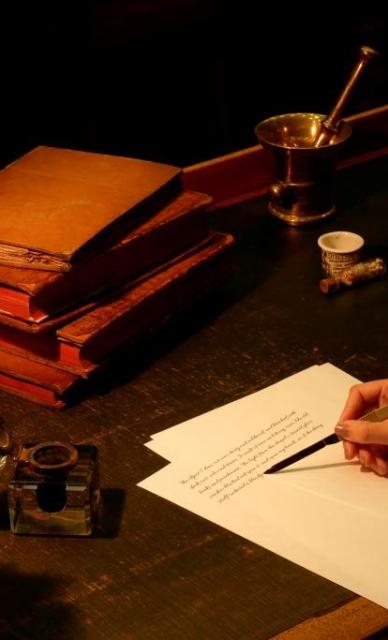Physicians' Gallery Newsletter
Updates on upcoming events, exhibitions and online stories
(20 May 1733 – 2 October 1817)
President

In 1777, Monro succeeded in established and holding the chair of medicine, anatomy and surgery at Edinburgh.
Monro was president of the Royal College of Physicians of Edinburgh from 1779 to 1782.
Alexander Monro secundus was the third son of Alexander Monro primus. He was born in Edinburgh on 20 May 1733 and received his early education at James Mundell’s private school. From an early age, Monro was designated as his father’s successor as professor of medicine and Monro primus took the education of his son seriously. At age twelve, Monro enrolled in the faulty of arts at Edinburgh University, studying Latin, Greek, philosophy, mathematics, physics and history. He began his medical studies in 1750. In 1753, Monro took over teaching his father’s anatomy lessons. At the petition of Monro primus, Monro achieved joint professorship, without qualifications, in 1754. Monro graduated MD in 1755 with a thesis ‘De testibus et semine in variis animalibus’.
Monro joined his brother in London where he studied anatomy under William Hunter, before travelling to Paris. In 1757, Monro returned to Edinburgh to take his father’s place teaching anatomy, owing to Monro primus’s recurring illness. Monro became a fellow of the Royal College of Physicians of Edinburgh in 1759. Monro took up the anatomy lectureship in the academic session of 1758-59, a post he would hold for the next fifty years. His lectures were extremely popular and the number of students in attendance steadily increased over time. In his fifty years as lecturer, Monro became the most influential anatomy professor in the English speaking world. In conjunction with a full teaching schedule, Monro had a thriving private practice.
Monro was an active member of Edinburgh’s intellectual and civic life. He married Katherine Inglis on 25 September 1762 and they had five children. In 1813, Monro had an attack of apoplexy and died four years later, on 2 October 1817.

Physicians' Gallery Newsletter
Updates on upcoming events, exhibitions and online stories